41 yellow diamond hazard label
› hazmat-source › hazmatHazmat Labels, Hazmat Placards, and Hazmat Markings - Labelmaster Internationally - for international shipments of hazardous materials, the hazard class number must be displayed in the bottom corner of both primary and subsidiary labels. In the US - since October 1, 2005, the U.S. has required a hazard class number displayed in the bottom corner of a subsidiary risk label. › resources › nfpa704-diamondNFPA 704 Diamond Labeling System Guide | BRADY - BradyID.com Instability Hazard (yellow, right diamond or 3 o’clock) When looking at the NFPA fire diamond, the right diamond is yellow and indicates a chemical’s instability hazard. This number details a degree of reaction with ambient air, light or both, and the degree of intrinsic susceptibility of materials to release energy by self-reaction.
› Assets › filesSystem for the Identification of the Hazards of Materials for ... health, red for flammability, and yellow for instability. The shades of red, blue and yellow are not regulated, but should be contrasting colors. The hazard ratings may have colored backgrounds with contrasting colored numerals or colored numerals with a white background.

Yellow diamond hazard label
› qa › safety-signsWhat do different colors of safety signs mean? Yellow: Yellow signs are used anywhere that caution needs to be used, specifically physical hazards. This includes risks of tripping, falling, getting burned, being caught in a pinch point, experiencing hearing damage, and almost any other common hazard that may be present. Green: Green is safety related and means there is no danger present ... › shop › labelsHazard Class Labels - DOT Hazmat Labels for ... - Labelmaster Compliance starts with the right label. When it comes to hazard labels, there's simply no room for cutting corners or taking chances. Available for Hazard Classes 1 through 9 in Worded, Personalized, Blank, International Wordless and more, our Hazmat labels feature outstanding durability to withstand even the most abrasive elements and harsh environments. cameochemicals.noaa.gov › chemical › 4562SULFUR, MOLTEN | CAMEO Chemicals | NOAA A pale yellow crystalline solid with a faint odor of rotten eggs. Insoluble in water. A fire and explosion risk above 450°F. Transported as a yellow to red liquid. Handled at elevated temperature (typically 290°F) to prevent solidification and makes transfers easier. Hot enough that plastic or rubber may melt or lose strength.
Yellow diamond hazard label. cameochemicals.noaa.gov › chemical › 4562SULFUR, MOLTEN | CAMEO Chemicals | NOAA A pale yellow crystalline solid with a faint odor of rotten eggs. Insoluble in water. A fire and explosion risk above 450°F. Transported as a yellow to red liquid. Handled at elevated temperature (typically 290°F) to prevent solidification and makes transfers easier. Hot enough that plastic or rubber may melt or lose strength. › shop › labelsHazard Class Labels - DOT Hazmat Labels for ... - Labelmaster Compliance starts with the right label. When it comes to hazard labels, there's simply no room for cutting corners or taking chances. Available for Hazard Classes 1 through 9 in Worded, Personalized, Blank, International Wordless and more, our Hazmat labels feature outstanding durability to withstand even the most abrasive elements and harsh environments. › qa › safety-signsWhat do different colors of safety signs mean? Yellow: Yellow signs are used anywhere that caution needs to be used, specifically physical hazards. This includes risks of tripping, falling, getting burned, being caught in a pinch point, experiencing hearing damage, and almost any other common hazard that may be present. Green: Green is safety related and means there is no danger present ...

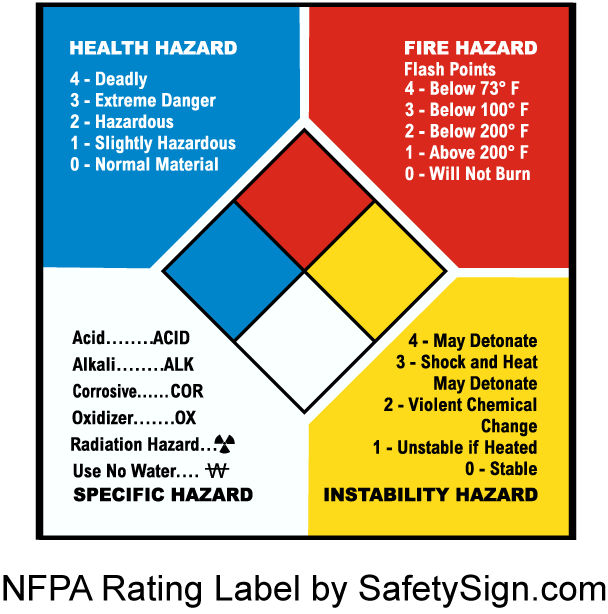




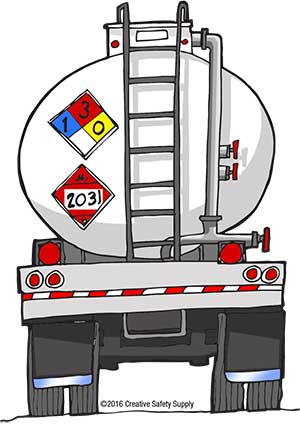

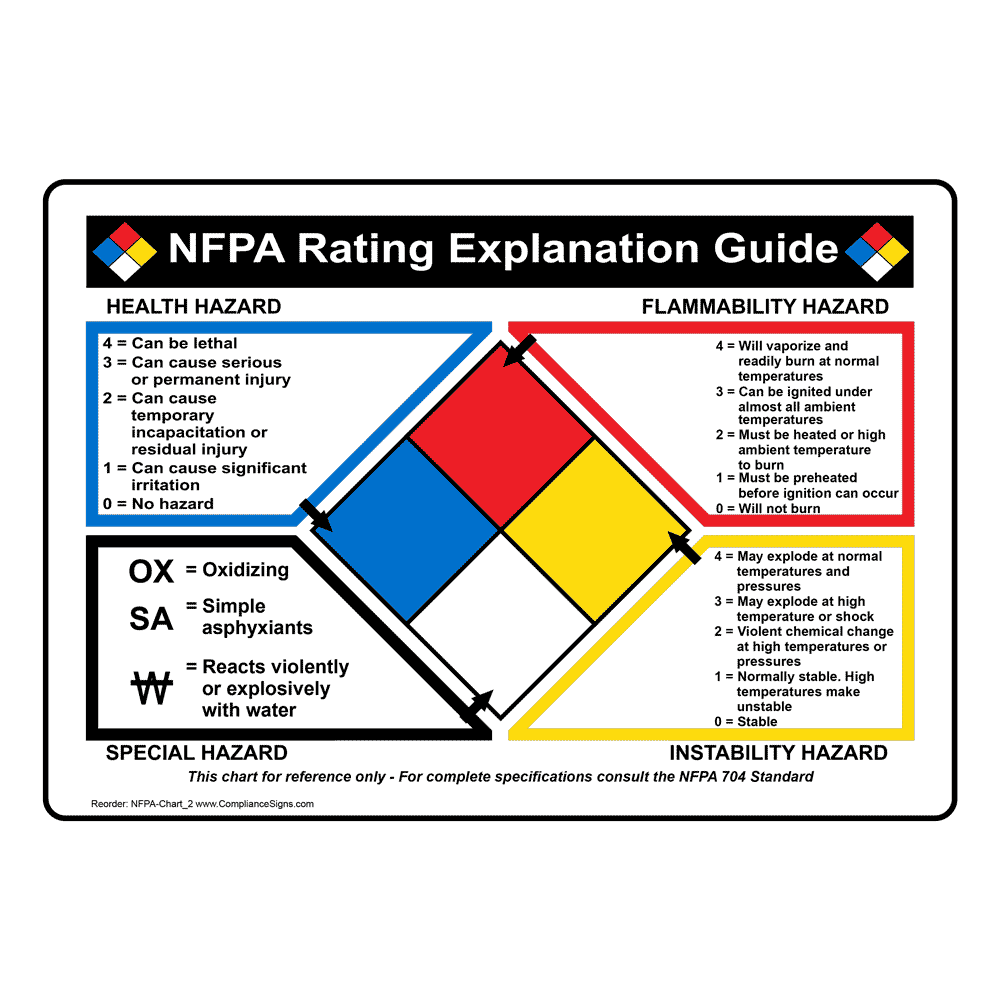
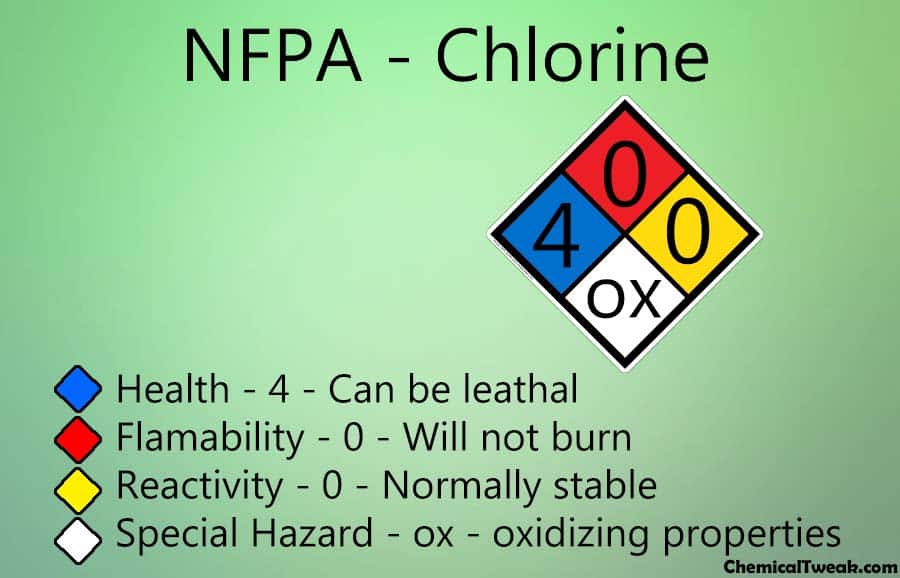


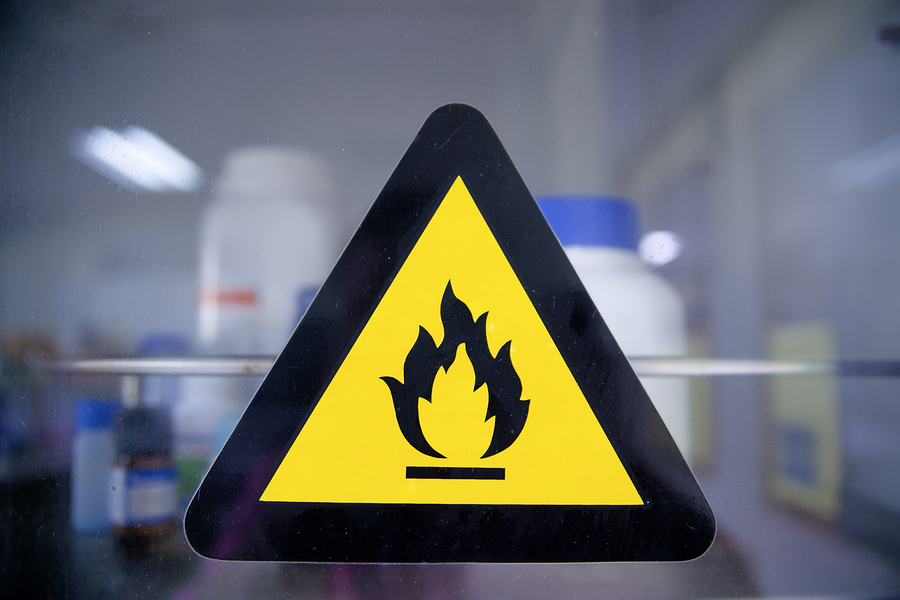
/signNFPA_704-56a12c8e3df78cf7726821e9.png)




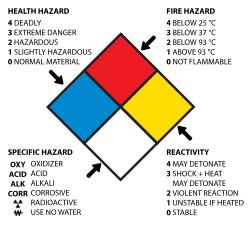
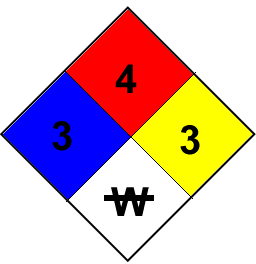
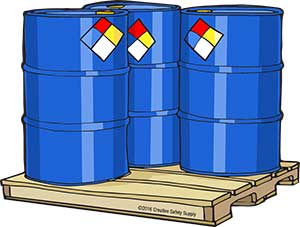


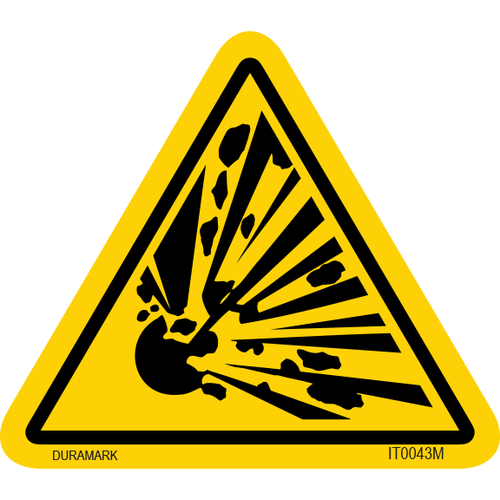




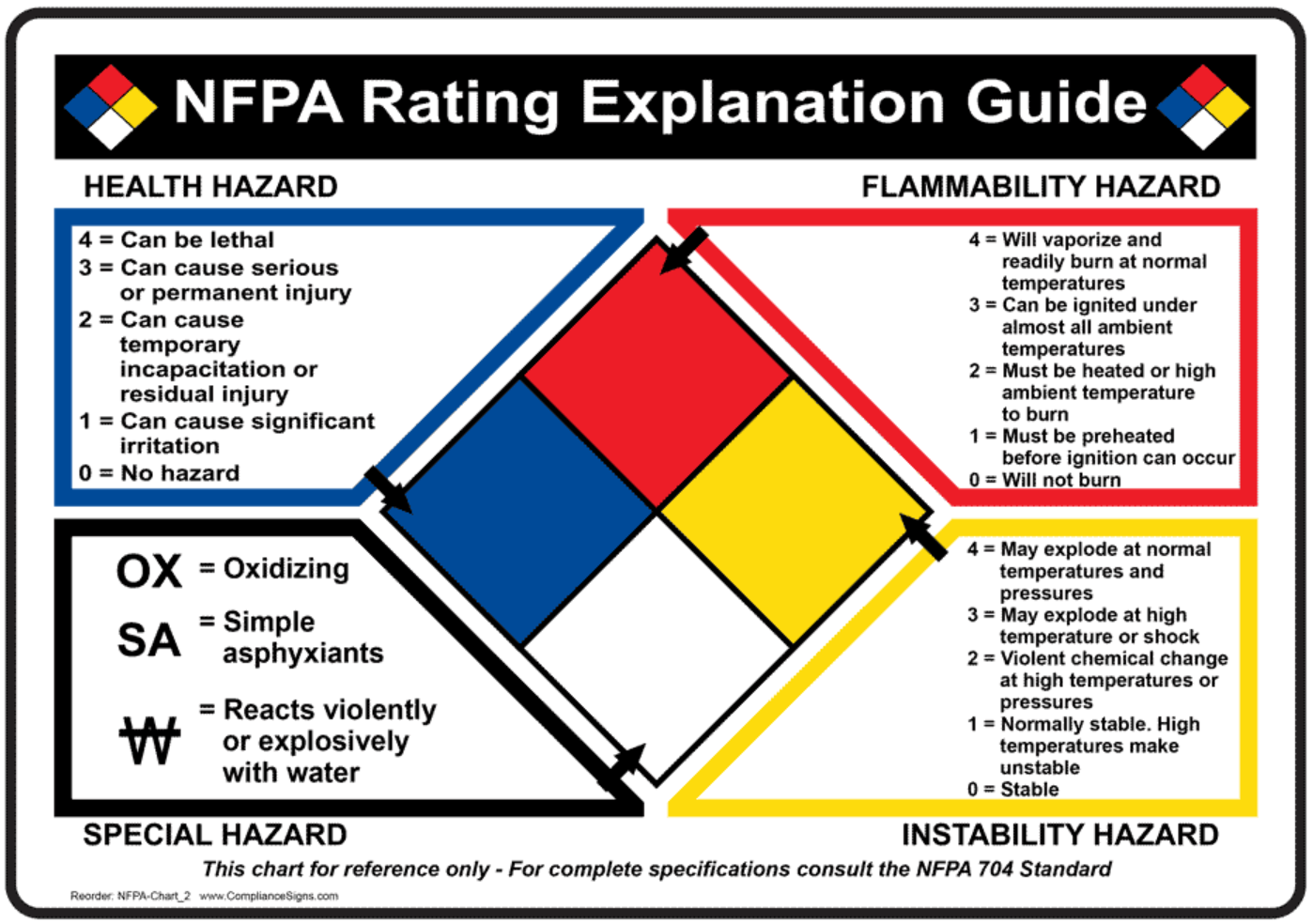






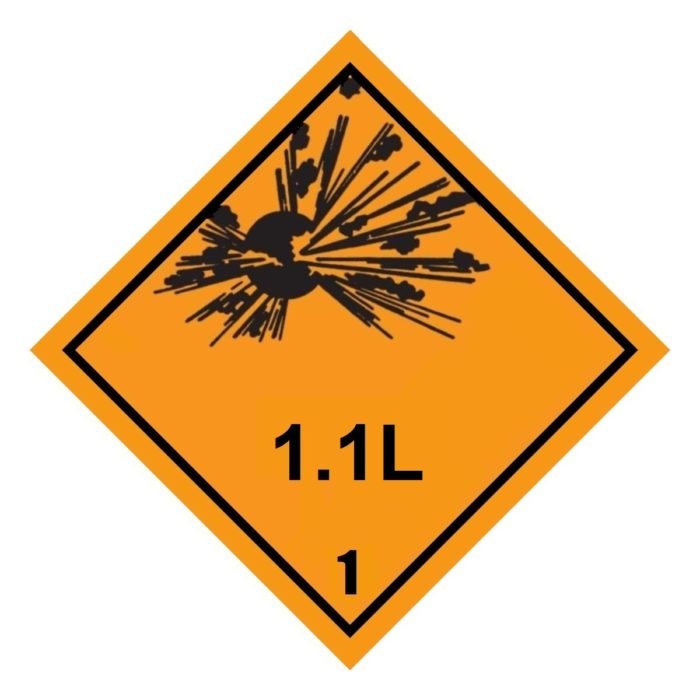


Komentar
Posting Komentar